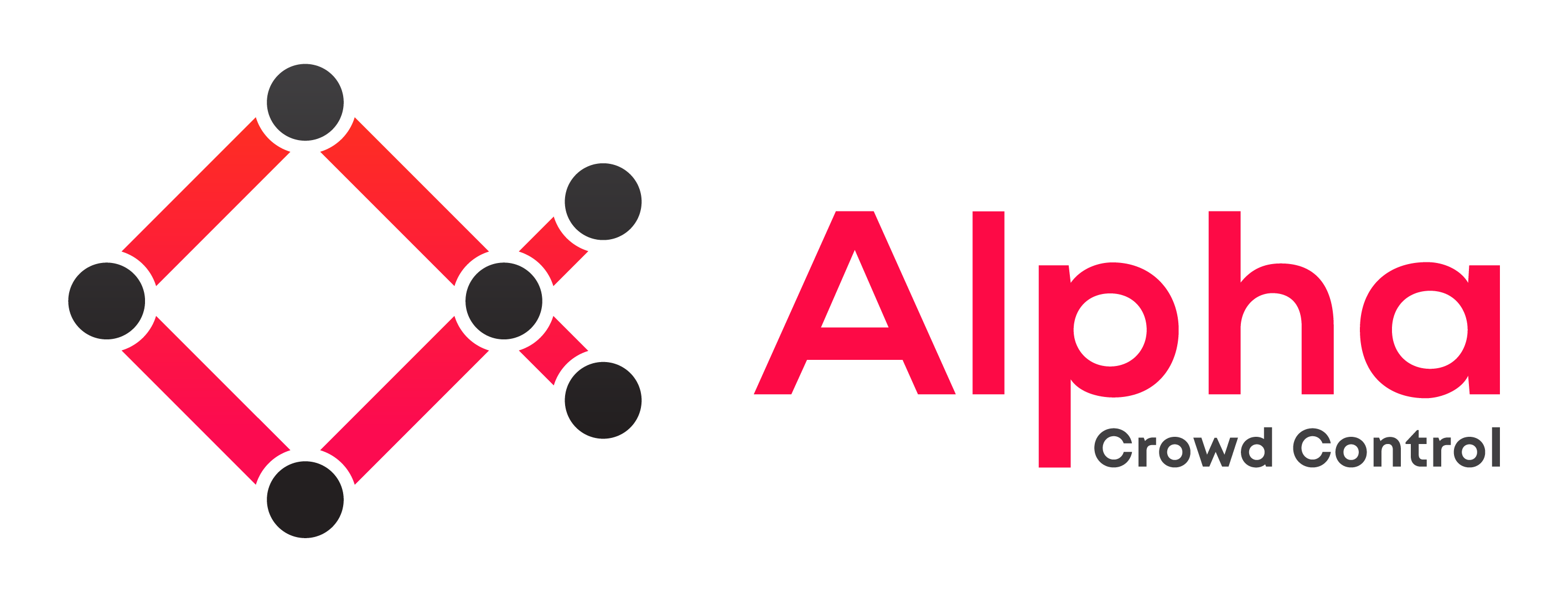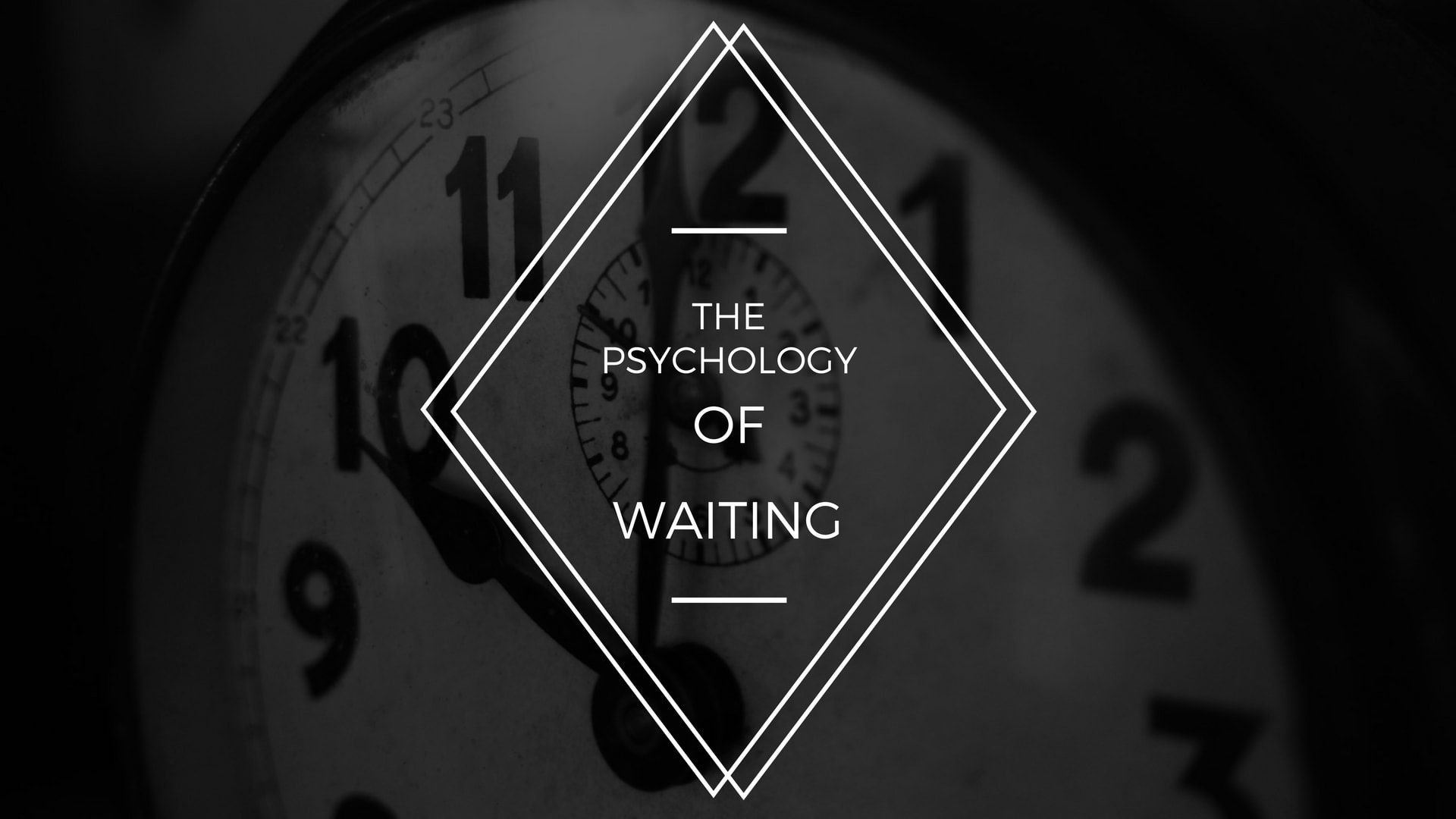The Pain of Waiting and Psychology of Queues
Intro
Waiting is going to be the death of us. In a world of instant gratification, line ups are one of most painful inventions of human beings that technology has yet to solve. Whether you are in front of McDonalds, shopping for clothes, or waiting to pick up your driver’s license, waiting is one of the worst customer experiences in any business. While we’re still waiting for the technological revolution that eliminates line ups, it is important to understand the psychology behind lineups and how to design a line that gives people the best experience possible. The tiny details matter, and they can be the difference between a legion of happy customers or a pile of bad reviews.
Why We hate line ups
Psychologists have identified a few key factors that make us hate lineups. We get bored, hate it when we wait longer than expected, and most importantly, we hate it when people jump in front of us in the line. The latter is one of the most frustrating experiences of any lineup and would annoy any event-goer or customer. It’s important to keep in mind that jumping the line isn’t the only form of unfairness. People can get similarly frustrated by choosing a line that moves slower than another or if the service is slow.
Line ups are a result of our desire for fairness and equal treatment. Everyone in a lineup is supposed to wait their fair share of time. In fact, when a lineup is designed properly, it is rare that patrons will have a tedious or frustrating experience. If we’re spending so much money training our staff, and putting energy into the business, it’s even more important to invest a few minutes into creating a lineup that makes for the best customer experience possible. It can be the difference between a happy, paying customer and a torrent of frustration and rage.
Principles for a Good Line-Up
There are several principles that are important to remember when designing a perfect customer queue. When one thinks of long lineups, there are two places that immediately comes to mind. Disneyland and any government organization (passports, drivers licenses). By examining both cases, we can determine some of key principles to designing lineups that your customers will love (or won’t hate).
1)PEOPLE SHOULD ALWAYS BE MOVING
Surprisingly studies have shown that the time spent waiting does not necessarily influence the satisfaction of those waiting in line. What matters most is that they feel like they are moving. This falls in line with the idea of fairness. We like to see progress so it doesn’t feel like we are wasting our time.
Both Disneyland and government organizations apply this concept well. A recommended pattern is a serpentine (“S”) pattern that saves space, but also allows those waiting to see the front of the line. One small trick to make it appear that the line is moving faster would be to narrow the placement of stanchions in order . This creates a more pronounced staggering effect so that it appears as if the line is moving much faster than it really is. Looks matter.
2) FAIRNESS AND BUTTING THE LINE
If fairness is one of the major subconscious concerns of those waiting, it is important to ensure the honesty and integrity of the entire waiting process.
This is an area where amusement parks such as Disneyland occasionally struggle. People are always saving spots in the line for a relative, or have no problem letting some long-lost friend to join them 1 hour into the line.
One can take several methods to minimize the potential for line jumping. The first involves the use of barriers and belt stanchions that make it extremely obvious when people are skipping the lines. In addition, if you want to save the money on staff, a few carefully placed signs are a tried and true method for guilting potential troublemakers into starting at the end of the line like everyone else.
3) ENGAGEMENT
Let’s face it. Lines are boring. We’re all busy people, and we can’t help but think of all the work we still have to finish or the dinner date that we’re missing out on. If we’re trying to create the best customer experience possible, it should be in our best interests to create some engagement with our customers while they are waiting. This is an area where Disney shines. Consider one of their rides called “Mission Space.” It’s a flight simulator that can recreate the feelings of weightlessness and the G-Forces of the launch. It’s a very popular ride, with a lineup that can easily go over an hour on a good day.
Rather than just leaving their customers with the frustrating experience of staring at a blank wall, Disney has gone so far as to design a unique space themed lineup for all its visitors. When one is waiting in line, you can read about old space shuttles and hear the rumbling sounds of blast off.
While we might not be able to afford such extravagant decorations for our own lineups, we can take those principles of engagement and apply them. Small actions such as providing free wifi, setting up a television with videos to watch, or the creation of amusing signs can all go great lengths in alleviating the boredom of consumers.
4) END OF THE LINE
What’s the difference between them? In Disneyland, the end of the line at Disney is exciting, something that people look forward to. Something magical awaits, whether it be Mickey Mouse, a exhilarating ride, or a few Disney Princesses. Queues are more than just setting up a few stanchions. When creating queues, it is important to also consider the experience of customers at the end of the line. Are they going to be greeted warmly? Will they feel special and welcome? Any event or business can make the effort to ensure that these people will feel that waiting in line was worth it. Be more like Disney.
Remember that at the end of the day, a quality customer experience should always be the goal. Happy customers will tell all of their friends, give you repeat business, and will be willing to spend a little more money. Bad customers give bad reviews.
When you’re investing so much time into marketing, training your staff, and building up the business, you don’t want the lineup to be the part that ruins the whole customer experience.
So invest a little bit of time into thinking about how your customers are going to be lining up. It’s a tiny part of the customer experience, but one that has exponential impact on the overall experience.
A well-designed lineup is a clear signal to your customers that your business is well worth the wait.


